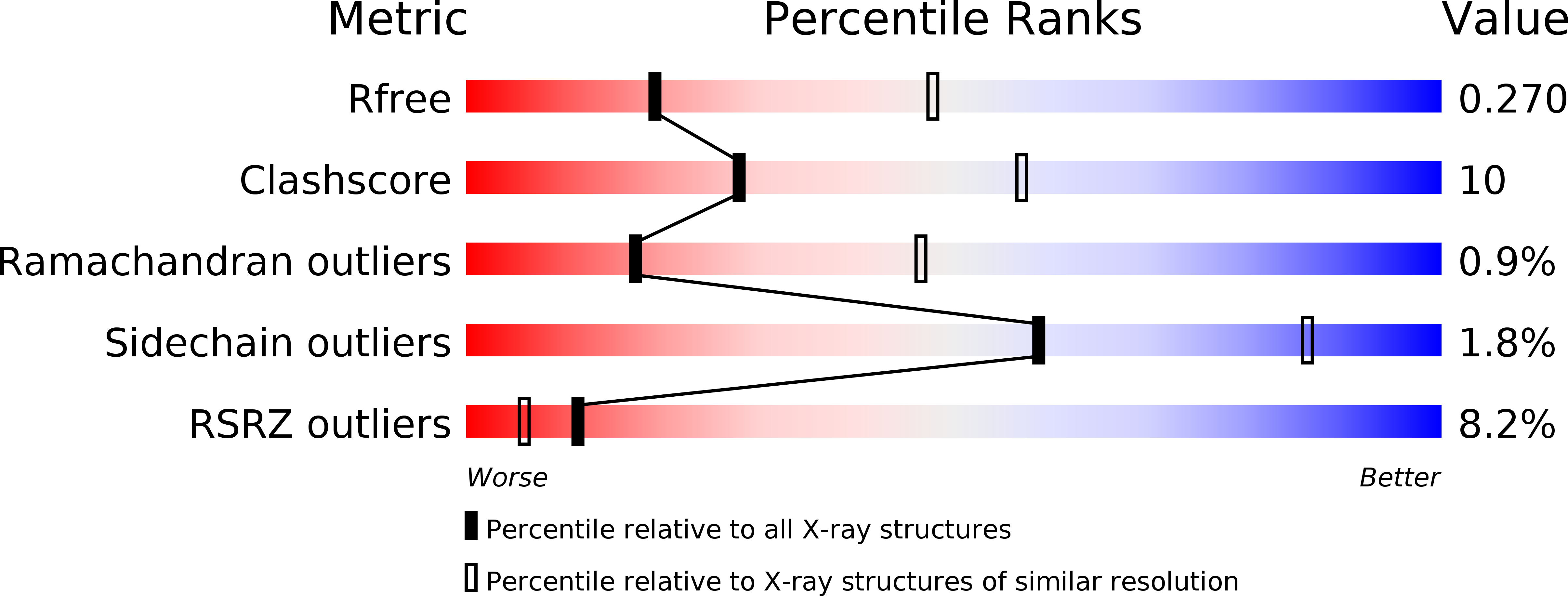
Deposition Date
2009-10-05
Release Date
2009-11-24
Last Version Date
2024-10-30
Method Details:
Experimental Method:
Resolution:
2.80 Å
R-Value Free:
0.26
R-Value Work:
0.20
R-Value Observed:
0.21
Space Group:
C 1 2 1


